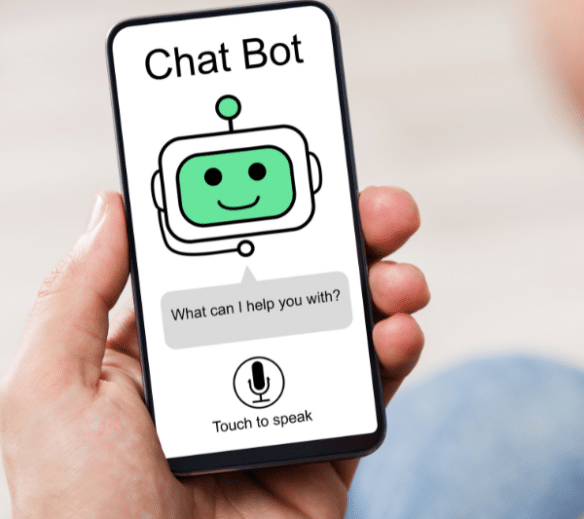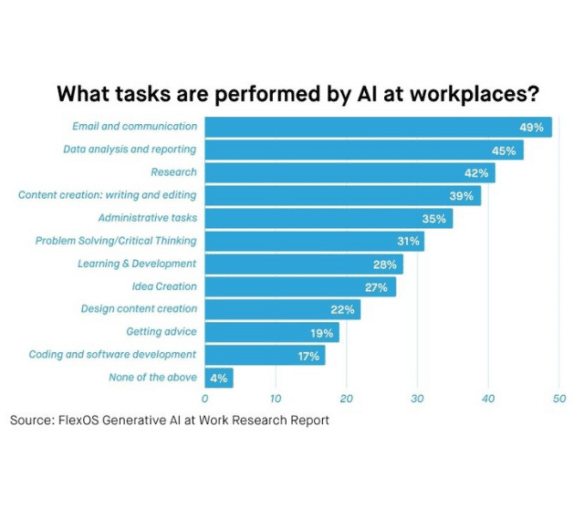
There is no escaping the fact that Artificial Intelligence is here to stay. And although in some cases it has been met with resistance, the general consensus across a range of sectors, industries and individual organisations is that AI should be embraced.
It’s one thing using AI, but efficiently operationalising it to meet your needs is crucial, especially when the competition has already started. Global predictions around the world suggest that AI contributions to the global economy could be somewhere around $15.7 trillion by 2030, with a 26% boost for local economies.
Generative AI continues to evolve
Initially released in late 2022, ChatGPT instantly made headlines with it’s large language model. By January 2023, it was the fastest growing consumer software application in history. The release of the model by Open AI started a chain reaction, with competitors like Google scrambling to present their models to the market. Open AI have already announced that GPT 5 will make the previous version “kind of suck”.
Expert analysts have made predictions that generative AI will continue its development from content creation to enterprise productive software and new specialised tools, which is backed up by OpenAI CEO Sam Altman claiming it could soon possess superintelligence with further investment.


Improved Customer Experience
Relying heavily on customer service agents in the past, user experience of picking up the phone or emailing to resolve issues has been a constant source of frustration.
With automated systems often taking the customer on a basic flowchart journey that doesn’t produce the satisfactory answer that they require, one trend that is being invested in heavily and trialled by large organisations such as NatWest Bank is augmented customer service agents.
Deep engineering and AI expertise has created the bank’s virtual assistant Cora, using generative AI to give customers detailed information through conversation. As this continues to develop, it will become an essential tool in customer care.
Wider Organisation Usage
A recent study on Generative AI at Work by FlexOS asked a wide range of companies what sort of tasks they used it for, with the results shown in this graph.
With toolkits growing readily available as part of existing packages, such as Firefly for Adobe, and Dall-E for Open AI subscribers, the easier it’s becoming for people to create the content they want.


More Predictive Analysis
Using historical data, AI can process these statistics to help optimise workflows, with many benefits including enhanced decision-making, cost efficiencies and adaptive learning.
AI will continue to expand its predictive capabilities in 2024 and beyond, enabling organisations to forecast sales and make in-depth predictions based on selected audiences.
Multimodal AI Usage
Using numerous inputs including text, audio and visual instructions, multimodal models of AI can convert these into various outputs, used across any vertical. For example, models such as Google’s Gemini and OpenAI’s Vision can take an image of a meal and use this to write a recipe as a response.



